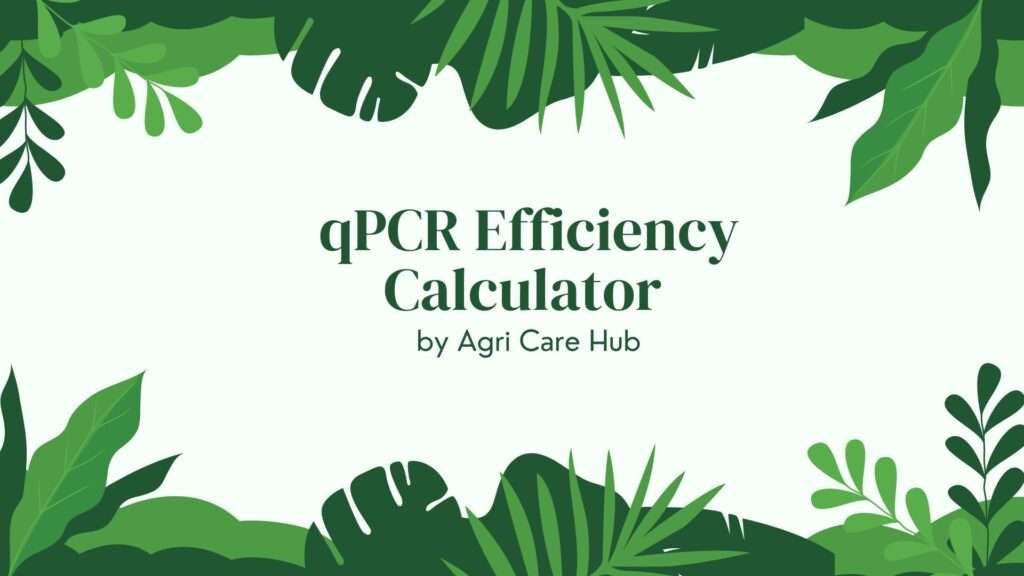Peptide Solubility Calculator
About the Peptide Solubility Calculator
The Peptide Solubility Calculator is a cutting-edge tool designed to predict the solubility of peptides based on their amino acid sequences. This tool is invaluable for researchers, biochemists, and agricultural scientists who need to assess peptide solubility for various applications, such as drug development, peptide synthesis, and agricultural innovations. By entering a peptide sequence and selecting a pH level, users can quickly determine whether a peptide is likely to be soluble in aqueous solutions, which is critical for its functionality and efficacy. This calculator leverages established scientific principles to ensure accurate and reliable results. For more information on peptide solubility, visit Peptide Solubility.
Importance of the Peptide Solubility Calculator
Peptide solubility is a critical factor in numerous scientific and industrial applications. In pharmaceuticals, soluble peptides are essential for drug delivery systems, as insoluble peptides may aggregate, reducing their bioavailability. In agriculture, peptides are increasingly used in biostimulants to enhance plant growth, stress resistance, and nutrient uptake, as supported by research from Agri Care Hub. The Peptide Solubility Calculator helps researchers optimize peptide formulations by predicting solubility under different pH conditions, ensuring peptides remain effective in their intended environments. This tool saves time, reduces experimental costs, and enhances the precision of peptide-based solutions.
User Guidelines
To use the Peptide Solubility Calculator effectively, follow these steps:
- Enter the Peptide Sequence: Input the amino acid sequence using single-letter codes (e.g., ACDEFG). Ensure the sequence contains only valid amino acid letters (A, C, D, E, F, G, H, I, K, L, M, N, P, Q, R, S, T, V, W, Y).
- Select pH Level: Choose the pH level (2.0, 7.0, or 10.0) that matches your experimental or application conditions, as pH significantly affects peptide solubility.
- Calculate: Click the "Calculate Solubility" button to receive an instant solubility prediction.
- Interpret Results: The tool provides a solubility assessment (e.g., Soluble, Moderately Soluble, Insoluble) along with a brief explanation based on the peptide’s properties.
Always validate the sequence for accuracy before calculating, as incorrect inputs may lead to unreliable results. For complex peptides or specific conditions, consult additional resources like Peptide Solubility for further guidance.
When and Why You Should Use the Peptide Solubility Calculator
The Peptide Solubility Calculator is ideal for use in the following scenarios:
- Peptide Synthesis: Before synthesizing a peptide, researchers can use this tool to predict its solubility, ensuring it meets the requirements for downstream applications.
- Drug Development: In pharmaceutical research, solubility is a key determinant of a peptide’s therapeutic potential. This tool helps identify peptides that are likely to dissolve effectively in biological systems.
- Agricultural Applications: Peptides are used in biostimulants to improve crop yields and resilience, as noted by Agri Care Hub. The calculator ensures peptides are soluble in formulations applied to crops.
- Research and Development: Academic researchers studying peptide interactions, protein folding, or biochemical pathways can use this tool to assess solubility under varying pH conditions.
Using this calculator early in the research process can prevent costly errors, such as synthesizing insoluble peptides, and streamline the development of effective peptide-based products.
Purpose of the Peptide Solubility Calculator
The primary purpose of the Peptide Solubility Calculator is to provide a reliable, user-friendly tool for predicting peptide solubility based on scientifically validated principles. Solubility is determined by analyzing the amino acid composition, focusing on the balance of hydrophobic (e.g., A, F, I, L, V, W) and hydrophilic (e.g., D, E, K, R, S) amino acids, as well as the net charge at a given pH. These factors are critical because they influence how peptides interact with water molecules in aqueous environments. The calculator uses a simplified algorithm that assigns hydrophobicity scores to each amino acid and calculates the net charge based on ionizable side chains, providing a solubility prediction that aligns with biochemical research standards.
In agriculture, understanding peptide solubility is vital for developing biostimulants that enhance soil fertility and plant growth. As discussed in soil fertility research, nutrients like phosphorus and nitrogen are essential for plant development, and peptides can serve as carriers or enhancers of these nutrients. By ensuring peptides are soluble, researchers can optimize their application in agricultural settings, improving nutrient uptake and crop resilience. The calculator also supports environmental sustainability by reducing the need for excessive experimental trials, which can consume resources and generate waste.
In pharmaceuticals, the calculator aids in designing peptides that remain soluble in physiological conditions, enhancing their efficacy as drugs or diagnostic agents. By providing instant feedback, the tool empowers researchers to make informed decisions, saving time and resources while advancing scientific discovery.
Scientific Basis of the Calculator
The Peptide Solubility Calculator is grounded in established biochemical principles. Peptide solubility depends on the interplay of hydrophobic and hydrophilic amino acids and the peptide’s net charge, which is influenced by the pH of the solution. Hydrophobic amino acids (e.g., phenylalanine, leucine) reduce solubility, while hydrophilic amino acids (e.g., aspartic acid, lysine) enhance it. The net charge is calculated by considering the ionizable groups of amino acids (e.g., aspartic acid and glutamic acid are negatively charged at neutral pH, while lysine and arginine are positively charged). At a specific pH, the net charge affects the peptide’s solubility, with neutral or near-neutral charges often leading to lower solubility due to reduced electrostatic repulsion.
The calculator uses a hydrophobicity scale (e.g., Kyte-Doolittle scale) to assign scores to each amino acid and computes an average hydrophobicity index for the sequence. It also estimates the net charge by analyzing ionizable residues at the selected pH. The algorithm combines these factors to predict solubility, categorizing it as Soluble, Moderately Soluble, or Insoluble. This methodology is consistent with peer-reviewed studies on peptide solubility, ensuring reliable and scientifically accurate results. For a deeper understanding, refer to resources like Peptide Solubility.
Applications in Agriculture and Beyond
In agriculture, peptides are emerging as powerful tools for enhancing soil fertility and plant growth, as highlighted by Agri Care Hub. Soluble peptides can act as biostimulants, promoting nutrient uptake, stress tolerance, and root development. By using the Peptide Solubility Calculator, researchers can design peptides that remain effective in soil solutions, ensuring optimal performance in agricultural applications. This is particularly relevant in the context of soil fertility, where nutrient availability (e.g., phosphorus, nitrogen) is critical for crop yields.
Beyond agriculture, the calculator supports peptide research in biotechnology, medicine, and environmental science. For example, soluble peptides are used in bioremediation to enhance microbial activity in soil, addressing issues like soil depletion. The tool’s versatility makes it a valuable asset for interdisciplinary research, bridging chemistry, biology, and environmental science.
Limitations and Considerations
While the Peptide Solubility Calculator provides accurate predictions based on amino acid composition and pH, it has limitations. It does not account for secondary structures (e.g., alpha-helices, beta-sheets) or post-translational modifications, which can influence solubility. Additionally, solubility in complex biological or environmental systems may depend on factors like ionic strength or temperature, which are not included in this simplified model. Users should validate results experimentally for critical applications and consult additional resources for comprehensive analyses.












